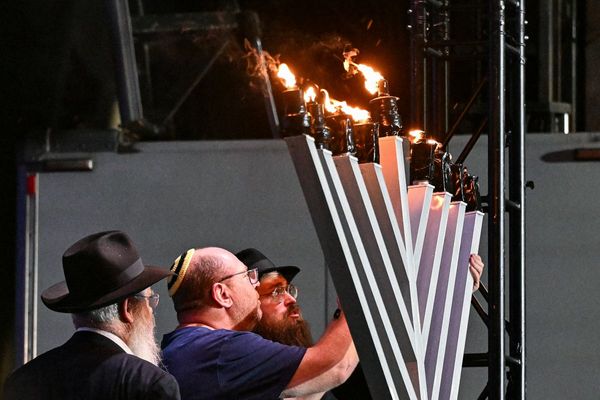
In a recent development, the Supreme Court has decided not to intervene in the planned execution of Kenneth Smith, making it the first known use of nitrogen gas for a death sentence in the United States. Smith, who was convicted by the state of Alabama for a murder-for-hire case in 1988, had initially requested this untested method for his execution after experiencing difficulties during a lethal injection attempt in 2022. However, Smith has now expressed concerns about potential 'super added pain' and is seeking to reverse the decision.
There are several legal concerns surrounding this untested method, with experts questioning its compliance with the Eighth Amendment, which prohibits cruel and unusual punishment. The proposed approach involves nitrogen hypoxia, a process that deprives the body of necessary oxygen to sustain life. The execution technique would entail placing a plastic mask over Smith's face and introducing a large volume of nitrogen instead of oxygen. The intended outcome, if successful, would be rapid loss of consciousness followed by swift death. However, the lack of prior implementation raises doubts about its efficacy, further compounded by Alabama's secretive approach to the protocol.
Alabama is not the only state considering this method of execution. Neighboring Mississippi has also expressed interest, alongside Oklahoma. These states have legislatively allowed for the exploration of nitrogen gas as an alternative execution method due to ongoing complications with other established methods such as electrocution and lethal injection. The goal is to find a reliable and humane means of carrying out capital punishment, as previous methods have faced significant challenges resulting in prolonged suffering for some individuals.
The use of nitrogen gas as an execution method has sparked a larger debate on the future of the death penalty in states across the country. In the map provided, red indicates states that currently allow the death penalty, while blue represents states where it has been temporarily paused by executive order. With the Supreme Court's decision not to halt Smith's execution, scheduled to occur within a 30-hour window, many states will closely observe the outcome and seek detailed information on its execution process. The scrutiny will focus on whether this method meets the constitutional standards of the Eighth Amendment and safeguards against cruel and unusual punishment.
The use of nitrogen gas for executions carries significant implications and raises important questions about the ethics and humanity of capital punishment. As developments continue, this story remains a weighty and consequential one, prompting a deeper examination of how society approaches justice and the treatment of individuals on death row.







